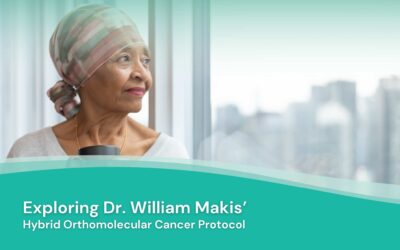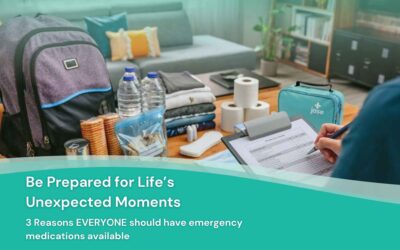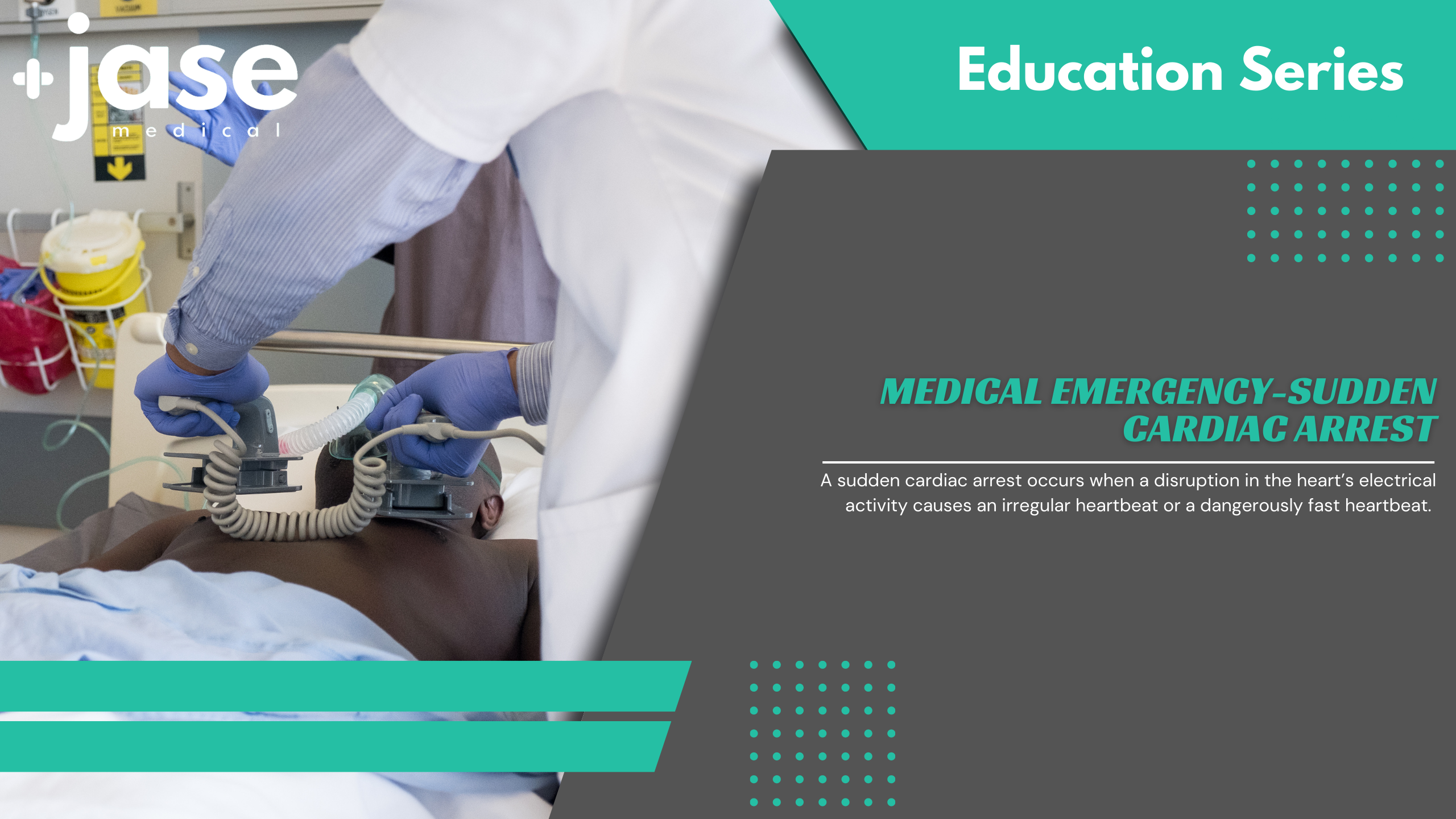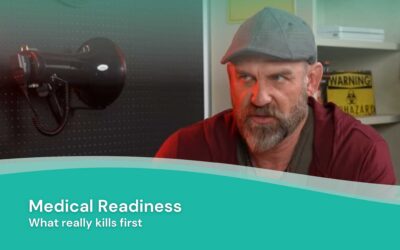Exploring Dr. William Makis’ Hybrid Orthomolecular Cancer Protocol: Focus on Ivermectin and Mebendazole/Fenbendazole *Disclaimer: This article is for educational purposes and does not constitute medical advice. Always seek professional guidance.* In the evolving...
These Days are The Most Deadly for Heart Attacks

(Heart healthy hacks series)
According to the American Heart Association. the 3 deadliest days in the calendar year for cardiac deaths are: in first place, December 25th, second is December 26th and third deadliest is January 1st .
There are several possible reasons for this phenomena- from the increased stress surrounding the holiday season to poor dietary habits and alcohol use. This time of year also can bring many mixed emotions of loved ones not with us anymore, along with monetary and declining health of ourselves or loved ones. However, with a little planning and self-care you can decrease the odds of becoming a statistic and enjoy the holiday season.
Things we can control over the holidays:
- Our diet: It is very easy, with all the hustle and business during this time of year to neglect your diet and eat whatever sugary foods find their way into the breakroom or home. Your health will suffer if you don’t take charge and plan for success. This doesn’t mean depriving yourself of a holiday goodie, but it does mean using moderation and self-control.
- Our attitude: I often hear people say they hate this time of year. They often state it is all the little things they have to do. We will delve into ways to set boundaries and time management skills in this post.
- Our thoughts: As Dr Caroline Leaf, neuropsychiatrist points out: thoughts occupy mental real estate in our brains. Find out how we can change our thoughts, leading to less stress and a more peaceful holiday season.
- Our activities and stress level: Filling our lives with activities we really don’t want to do or have little meaning sets you up for depression and a downward spiral of emotions. Manage stress through eliminating meaningless chores and responsibilities taken on during past years. This will free you up to experience a fulfilling life rooted in meaning and purpose.
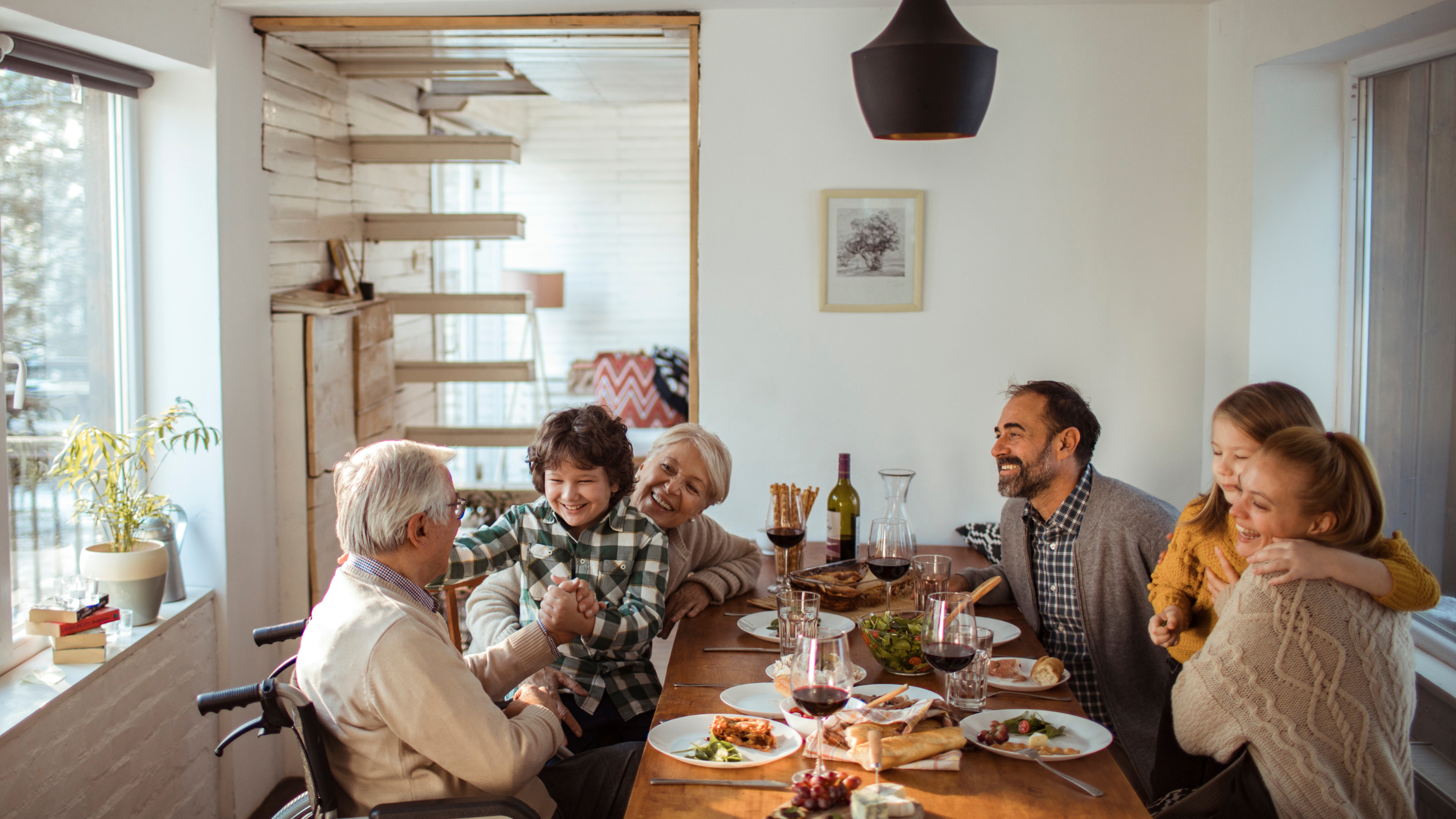
5 Tips for heart healthy eating over the holidays
I reached out to fellow nurse Mary Yuter, founder of Heart to Soul Cardiac Wellness for some heart healthy snacks and tips to successfully navigate the holidays:
For cardiac health, here are 5 snack pointers:
1) Cayenne pepper in coffee or cacao. Cayenne pepper is a vasodilator and acts as a blood thinner.
2) Dark chocolate 70% and greater for the magnesium and antioxidant benefits. We are all deficient in magnesium, and the heart loves magnesium!
3) Eat a sliced clove (not bulb) of raw garlic to act as a blood thinner. Cut it into slices first and wait at least 15 seconds for a compound to turn from Allin to Allicin, the magic blood thinning property. Then enjoy! I do tell my clients to have garlic before flying-hey-it may get them an empty seat next to them on the plane!
4) A banana a day also keeps the heart doctor away due to the potassium that the heart also loves.
5) Fruits with pectin such as apples and pears are great for taking down cholesterol. Add cinnamon and you have blood glucose control!
Snack idea: Nature’s Carmel: a square of dark chocolate with a date (antimicrobial, antiparasitic) and a brazil nut (selenium and healthy fat)
- A great trick to combat the holiday parties is to eat before you go to the party.
- Bring a dish you will eat, and stick with that.
- Allow yourself a treat, that’s it-not a diving board into the pool of the dessert table!
- Remember-you are the boss of your taste buds and if your hips could weigh in, they would be yelling at your taste buds!
Mary goes on to state, “Be the positive example for others by your actions.”
In addition, limit or avoid alcohol altogether. Alcohol can cause depression, leading to overeating and poor food choices. Also check out the American Heart Association’s Heart-Happy Holiday Guide for more heart healthy tips and recipes.
With a little planning, you will be able to enter 2024 without having to shed those extra pounds and more importantly, decrease your chances of a cardiac event.
Note: Self-care also means staying on top of your prescription medications. Check out Jase Daily for your year’s supply of chronic medications.
- Brooke Lounsbury, RN
Medical Content Writer
Lifesaving Medications
Everyone should be empowered to care for themselves and their loved ones during the unexpected.
Recent Posts
Keeping you informed and safe.
Exploring Dr. William Makis’ Hybrid Orthomolecular Cancer Protocol: Focus on Ivermectin and Mebendazole/Fenbendazole
Be Prepared for Life’s Unexpected Moments
3 Reasons EVERYONE should have emergency medications avaiable. It's all about access—access to medications and care when you need it most. And when things happen outside of your control that access can disappear.Below are 3 examples of how easily this access can be...
Youth Preparedness: Teaching, Building, and Coping with Disasters
Educating and preparing your children ahead of time means fewer surprises in the event of an emergency.Growing Up Prepared: Empowering Youth in Disaster Preparedness As we observe National Preparedness Month, it's crucial to remember that disasters can strike at any...
Low-Cost and No-Cost Emergency Preparedness Measures
Small steps today, mean a safer tomorrow for you and your loved ones.Low-Cost and No-Cost Emergency Preparedness So far in our series for National Preparedness Month this September, we've already covered How to Make an Emergency Plan for Your Household and How to...

